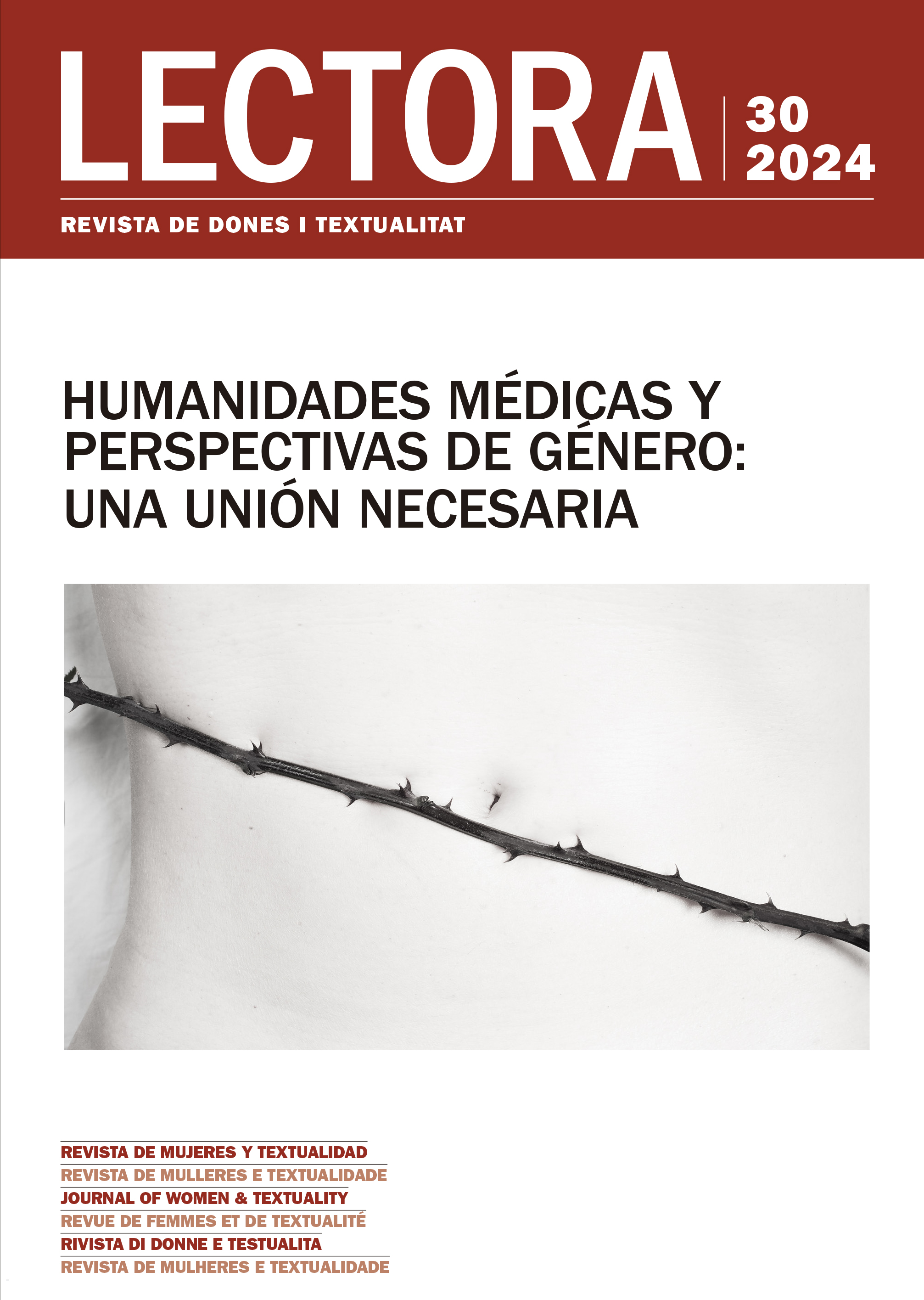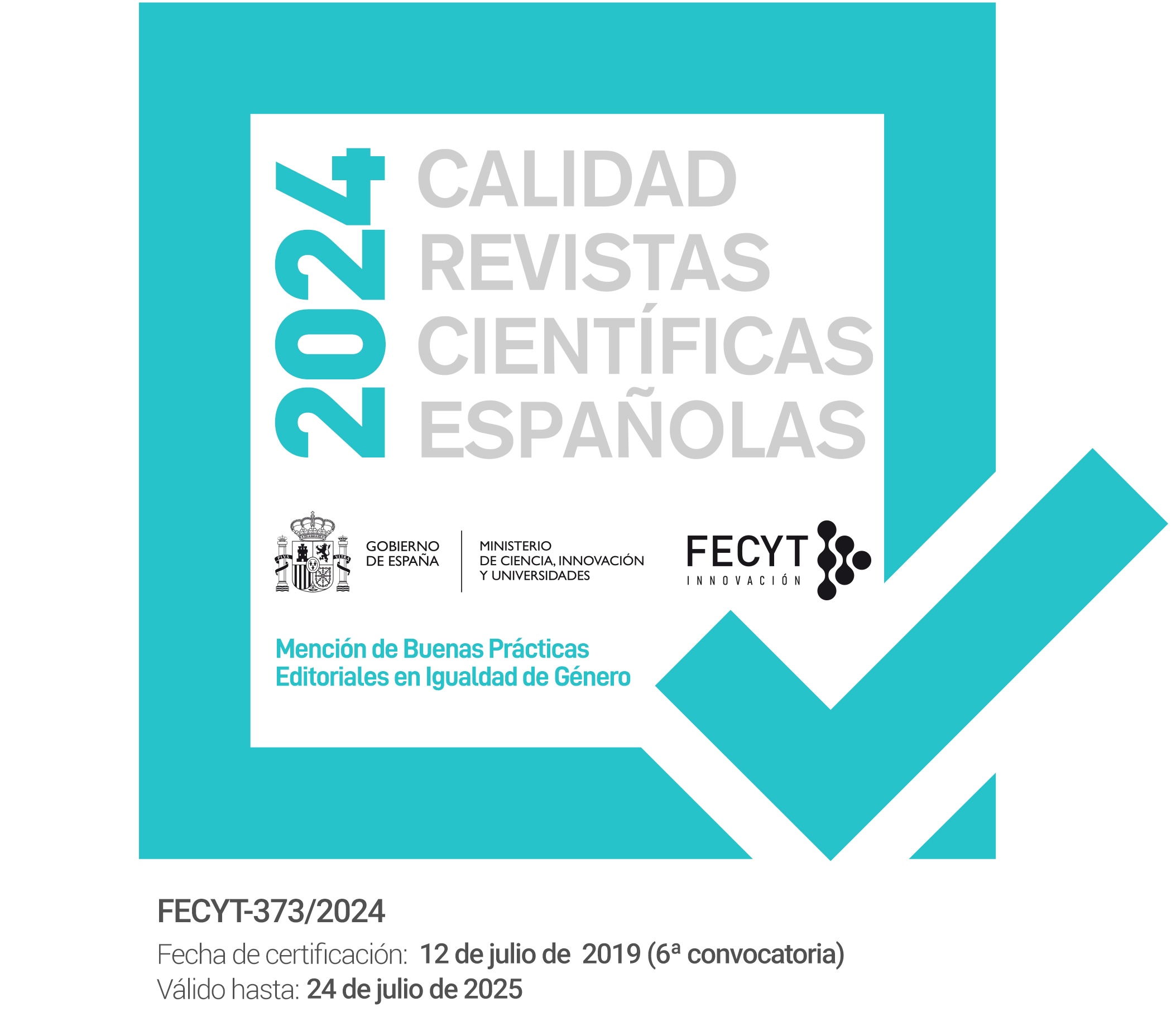El adulterio como síntoma: narrativas de la histeria en las novelas decimonónicas
DOI:
https://doi.org/10.1344/Lectora2024.30.8Keywords:
hysteria, adultery novels, comparative literatureAbstract
Hysteria, removed from psychiatric manuals and traditionally a mystery to experts, has evolved to be understood as a manifestation of excessive female emotionality and sexuality. Figures like Freud refocused it towards mental health, adding psychological dimensions and distancing it from mysticism. This article proposes a review of hysteria in adultery novels from the second half of the nineteenth century to highlight how literature has reflected and perpetuated the stigma of this disease in women, using protagonists from La Regenta, Vilaniu, El primo Basílio, Cécile and Effi Bries as examples. With a theoretical framework drawn from feminist literary criticism and comparative literature, the social tensions of the time have been analyzed as they materialize in hysterical symptomatology and in female sexuality.
Downloads
Published
How to Cite
Issue
Section
License
Copyright (c) 2024 Diana Nastasescu

This work is licensed under a Creative Commons Attribution-NonCommercial-NoDerivatives 4.0 International License.
The Author retains ownership of the copyright in this article and grants Lectora: revista de dones i textualitat the rights to print publication of the Article. The work will be available under a Creative Commons Attribution-Noncommercial-No Derivative Works license, by which the article must be credited to the Author and the Journal be credited as first place of publication.
The Author is free to enter in seperate, additional contractual agreements for the non-exclusive distribution of the work as published in this journal (such as institutional repositories or a book), as long as the original publication in Lectora is credited.
The Author is encouraged to post the work online (eg in institutional or thematic repositories, or in their website), as it can lead to productive exchanges as well as to a greater citation of the published work (see The Effect of Open Access).




